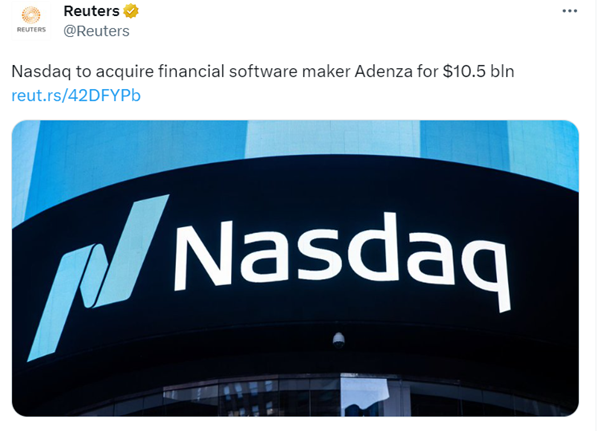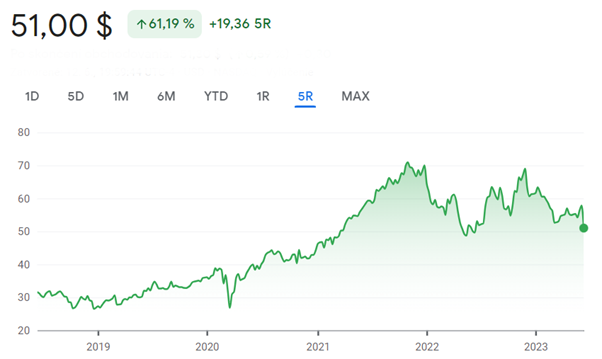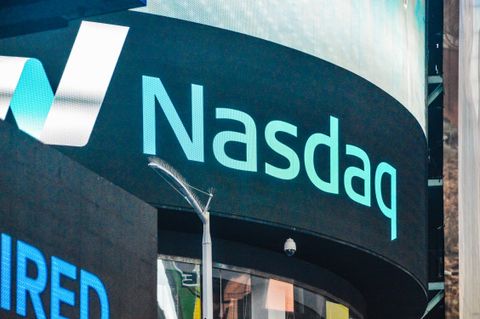The Nasdaq Stock Market, under which the largest over-the-counter market NASDAQ falls, announced an agreement to buy software firm Adenza from Thoma Bravo in a $10.5 billion deal. The purpose of the purchase was to expand the company's portfolio and its presence in the financial technology space. Adenza is a risk management and regulatory software company whose services are used by brokerage firms and banks. Investors reacted to the news with a bit of a punch, as the stock plunged more than 10%, marking its near yearly low.*

Morningstar analyst Michael Miller considers the price Nasdaq paid for Adenza to be excessive. It was valued at nearly 18 times expected 2023 earnings, and the deal may put the company heavily into debt. CEO Adena Friedman says she paid a fair amount for Adenza, but investors need time to understand the company's uniqueness. Adenza was formed in 2021 from the merger of Calypso Technologies and AxiomSL, and is expected to generate $590 million in revenue this year.

Nasdaq Stock Market stock performance over the past five years. (Source: Google)
Nasdaq's portfolio includes companies such as OMX, which it bought in 2007 for $3.7 billion, the International Securities Exchange for $1.1 billion acquired in 2016, eVestement for $705 million bought in 2017, and financial crime protection company Verafin, which Nadaq will take over in 2020 for $2.75 billion. The acquisition of Adenza will give the original Thoma Bravo a 14.9% stake in Nasdaq, making it one of the largest shareholders, and the company's managing partner Holden Spaht will join the board. He claims that Nasdaq as a whole will be worth more than all of its separate parts, and once the companies are combined, their earnings will be boosted. [1]
* Past performance is no guarantee of future results.
[1] Forward-looking statements are based on assumptions and current expectations, which may be inaccurate, or on the current economic environment, which may change. Such statements are not guarantees of future performance. They involve risks and other uncertainties that are difficult to predict. Results may differ materially from those expressed or implied by any forward-looking statements.


